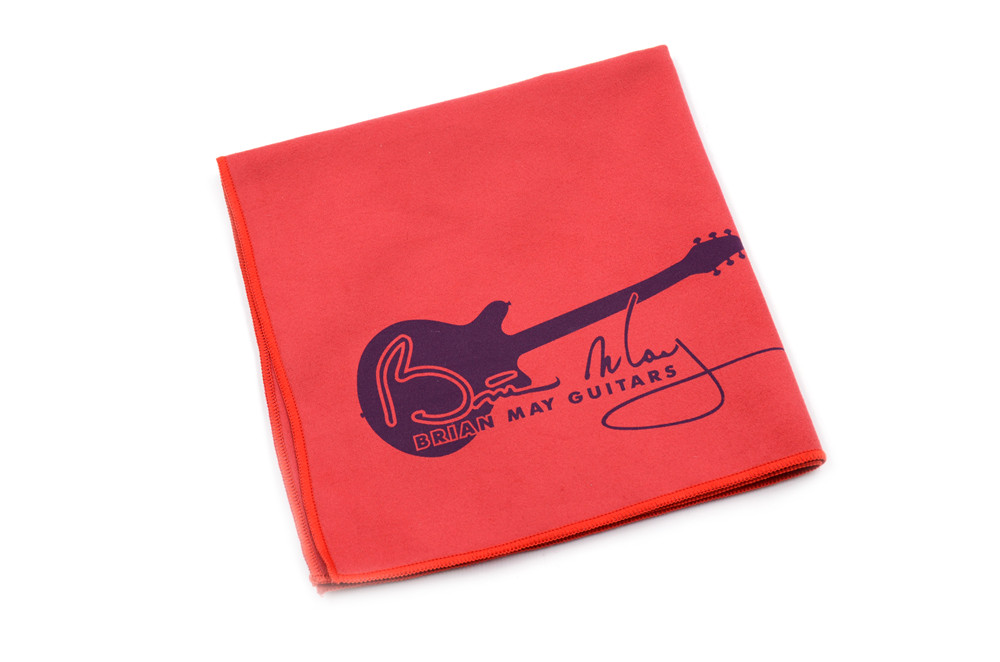Classification of polypropylene (PP) plastics
Polypropylene is the largest category of all plastics in the range of plastics. It is also the most widely used category. It can be classified according to different substrates. It can still be specified in different classifications of melt flow rate in the classification, and even according to individual commodity needs. Additional additives are added to define the application specifications. For example, in a single polymer, MFR: about 12 can be used for general injection of finished products, or multifilament fibers can be produced, and a wide molecular weight distribution can be deliberately designed to improve the processing of fiber woven fabrics. At the same time, it is also possible to add a slip agent and an anti-adhesion agent to increase the opening property and facilitate the requirements of the finished plastic bag. Therefore, many specifications have been extended, but the physical properties are similar, and they are alternative to each other except for non-intentional main purposes. Here, try to classify the different substrates for reference and explain them one by one.
Various products of Musical Instrument Cleaning Cloth, providing product images and basic parameters with each Musical Instrument Cleaning Cloth and Musical Instrument Wipe Cloth; We are a professional Chinese manufacturer of Musical Instrument Cleaning Cloth, and look forward to your cooperation!
Musical Instrument Cleaning Cloth Musical Instrument Cleaning Cloth,Violin Cleaning Cloth,Guitar Cleaning Cloth,Clarinet Cleaning Cloth Danyang Flanders Textile Co., Ltd , https://www.flandersmicrofiber.com
1. General level (HOMOPOLYMER)
A single polymer, called the homopolymer in the mainland, is a raw material obtained by polymerizing pure propylene.
2. Impact resistance level (IMPACT COPOLYMER)
Ethylene propylene rubber is added to a single polymer. The impact strength is mainly based on the high and low rubber content. The degree of cold resistance depends mainly on the ethylene content. Each raw material manufacturer has a different process and the highest ethylene content.
3. Transparent level (RANDOM COPOLYMER)
The random copolymer, which is a propylene-added ethylene copolymerization, is irregularly dispersed in the polymer, mainly reducing the crystallinity of the polymer and improving the transparency.
4. High ISO level (HIGH ISOTACTICITY or HIGH CRYSTALLINITY)
Reducing the content of the dislocation structure in the PP polymer relatively increases the content of the regular structure and increases the crystallinity. Mainly improve the rigidity, heat denaturation temperature, surface hardness, scratch resistance and gloss of raw materials. Of course, adding a nucleating agent will also contribute to the improvement of the above physical properties.
5. Heat sealing grade (TERPOLYMER)
It is an extension of random copolymer. Generally, the content of propylene containing ethylene (non-EPR) is up to 3.5%, but there are also processes that can be added to 5%. The higher the ethylene content, the softer the product, the hotter temperature, softening point, and heat sealing temperature. Low, sometimes in order to increase the ethylene content, it is necessary to make a tri-copolymer by means of butadiene or other third component to meet the above physical properties.
6. Alloy grade (ALLOY)
The high proportion of different plastic raw materials can be described as alloy grade. For example, PP added LDPE can improve softness and impact strength, reduce necking and increase flatness in processing, and reduce the phenomenon of falling material during molding. PP plus EPR plus HDPE can maintain rigidity, reduce whitening caused by high EPR content, and improve impact strength.
7. Composite material (COMPOUNDING)
Composite materials of different materials, such as adding glass fiber, various mineral mineral powder, organic wood powder, paper scraps or grain microchips, in PP materials to improve various physical properties. Mineral powders include: talc, calcium carbonate, barium sulfate, mica, carbon black, carbon fiber and bromide.
8. Rubber (RUBBER)
Rubber, TPR (thermoplastic rubber) and TPE (thermoplastic elastomer) are sometimes difficult to distinguish, and various definitions are available. Most of the rubber can be mixed with PP. In addition to the EPR series, it is also very Difficult to define mixing is positioned within the alloy or composite item. The rubbers usually mixed with PP are EPR and EPDM. The brands that are suitable for direct mixing with PP are CATALLOY, PLASTOMER, ENGAGE, TAFMER, KRATON and SANTOPLENE.
9.Special specifications (SPECIALS)
Those that are not covered in the previous category can be classified into this category. For example, high melting strength raw materials (HMS, High Melt Strength) can be used in foamed materials to improve surface airtightness and foaming effect, and also reduce sheet forming. Falling phenomenon. 
